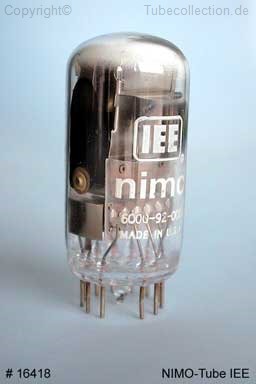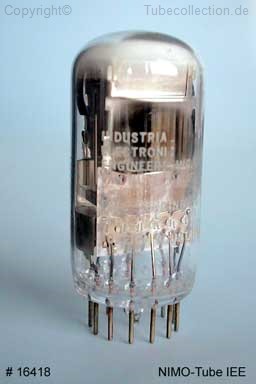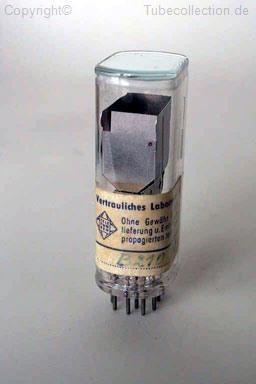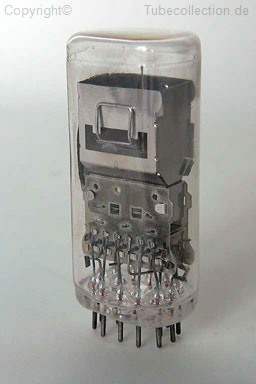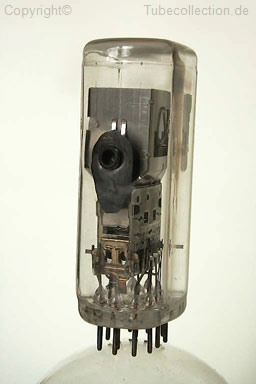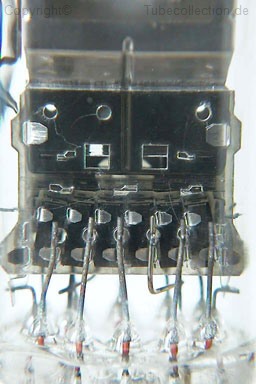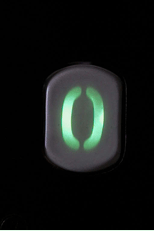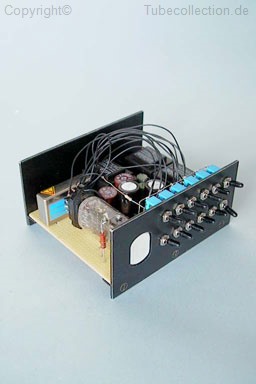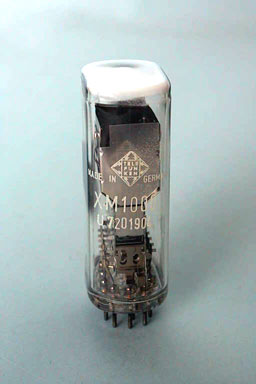|
NIMO-Röhren wurden in den 60er Jahren ursprünglich von IEE ( Industrial Electronic Engineering ) in USA entwickelt. Man wollte damit Ziffern anzeigen. Woher die Bezeichnung "NIMO" kommt, ist nicht bekannt. "NI" könnte für "Numerical Indicator" stehen. IEE soll für seine Produkte eine Reihe futuristischer Namen verwendet haben. Bekannt auch die Numitrons der Bezeichnung "IEE Apollo". Das Prinzip bestand darin, einen Elektronenstrahl zu erzeugen, der durch eine Blende mit der Ausstanzung einer Ziffer oder eines anderen Zeichens gelenkt wurde und dieses auf dem Bildschirm abbildete. Um die Ziffern 0...9 anzeigen zu können, waren also mehrere Kathoden und 10 Ziffernblenden erforderlich. Der Nachteil bestand darin, dass einerseits CRT-Röhren eine recht hohe Anodenspannung von ca. 2kV erfordern und andererseits die Ziffern auf dem Leuchtschirm nach längerer Zeit einbrennen können und somit die Lebensdauer eingeschränkt ist. |
NIMO Tubes were devellopped first time in the 60th by IEE ( Industrial Electronic Engeneering) USA. The idea was to display characters. What "NIMO" is standing for is unknown. The first letters "NI" could stand for "numerical indicator". IEE used lots of futuristic-sounding names for
their displays. In addition to the NIMO, they had the Apollo filament-style tubes.
The NIMO was available in other forms besides the single digit ones, muliple digits and complete alphanumeric versions. The principal was to send a beam through a pattern with the characters. To display the numbers 0...9 were 9 different pattern needed. The disadvantage was, that CRT-Tubes need a realy high anode voltage of about 2kV and the risk that the characters after longer use are burning on he screen. So life time was limited.
|
